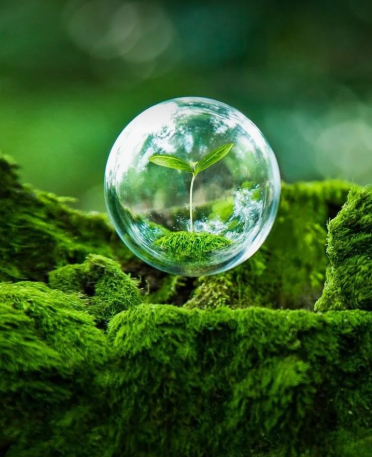Top Answers to Common Eco-Cleaning Questions
If you’re interested in eco-friendly home cleaning, you’re not alone. As more people advocate for sustainable living and make planet-friendly choices, questions about how to clean homes in an environmentally responsible way have increased. Many still believe that eco-friendly cleaning methods and green products are less effective than traditional cleaners. To address these concerns, we’ve compiled practical tips to help you adopt an eco-conscious cleaning routine. Let’s debunk some myths and answer common questions about green cleaning.
What is Green Cleaning?
Green cleaning, also known as eco-friendly cleaning, refers to using sustainable cleaning products and methods free from harmful chemicals. Unlike traditional cleaning products, green cleaning solutions are typically packaged in biodegradable materials and made from renewable resources. Additionally, eco-friendly cleaning involves minimizing waste production and reducing energy consumption during cleaning.
Green cleaning is more than just choosing the right products; it also involves optimizing cleaning habits. For example, using reusable cleaning cloths instead of disposable paper towels, reducing plastic bottle usage, and selecting non-toxic, hypoallergenic cleaning agents. Natural ingredients such as vinegar, baking soda, and lemon juice can also be effective for home cleaning. They are not only safe and non-toxic but also powerful in removing dirt and grime.
Why is Green Cleaning Important?
Many people hesitate to switch to eco-friendly cleaning methods and products because they may not fully understand the benefits. First and foremost, green cleaning is safer for household members and pets as it reduces exposure to toxic chemicals. Traditional chemical cleaners can cause respiratory problems, skin irritation, and even more severe health risks. Additionally, some chemicals found in conventional cleaning products can contaminate the air and water, leading to long-term environmental damage.
On the other hand, green cleaning helps reduce waste production. Many eco-friendly cleaning products use recyclable or biodegradable packaging, which helps lower plastic pollution. Moreover, many brands now offer concentrated cleaning solutions or refillable packaging, which reduces carbon emissions from transportation and minimizes packaging waste.
How to Get Started with Green Cleaning?
If you want to incorporate eco-friendly practices into your daily cleaning routine, here are some simple steps to begin:
- Choose Eco-Friendly Cleaning Products – Look for products labeled “non-toxic,” “biodegradable,” or “sustainably sourced.”
- Make Your Own Natural Cleaners – Use vinegar, baking soda, and lemon juice to create simple yet effective cleaning solutions.
- Reduce Single-Use Items – Switch to reusable cleaning cloths, bamboo fiber scrubbers, and other sustainable alternatives to minimize waste.
- Conserve Water and Energy – Avoid unnecessary water waste and use energy-efficient cleaning tools, such as steam cleaners and eco-friendly vacuums.
- Properly Dispose of Waste – Recycle old bottles, properly dispose of hazardous waste like expired cleaning agents and batteries.
By following these steps, you can create a healthier home environment while contributing to environmental protection. Green cleaning is not just a change in habits—it’s a step toward a more sustainable future.





